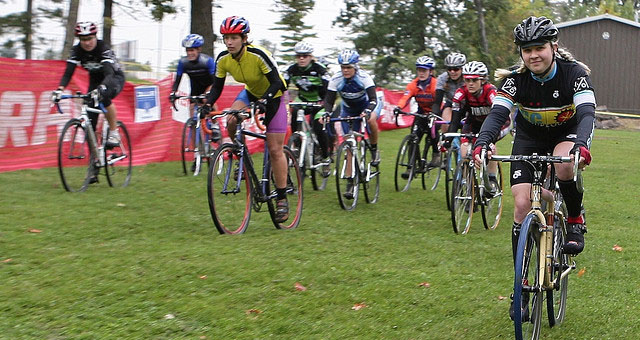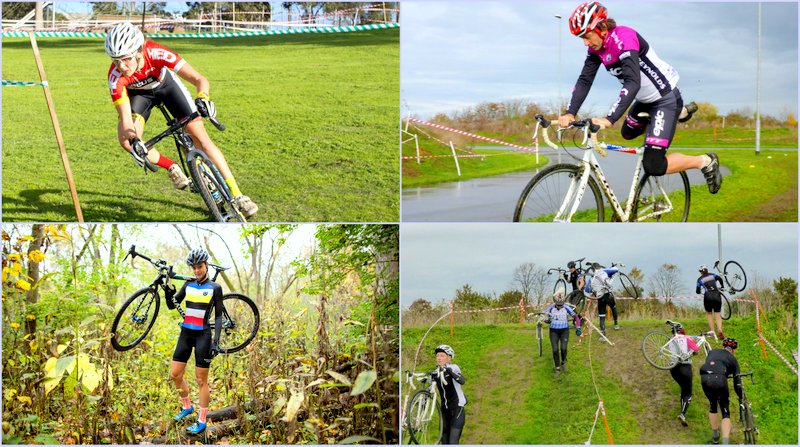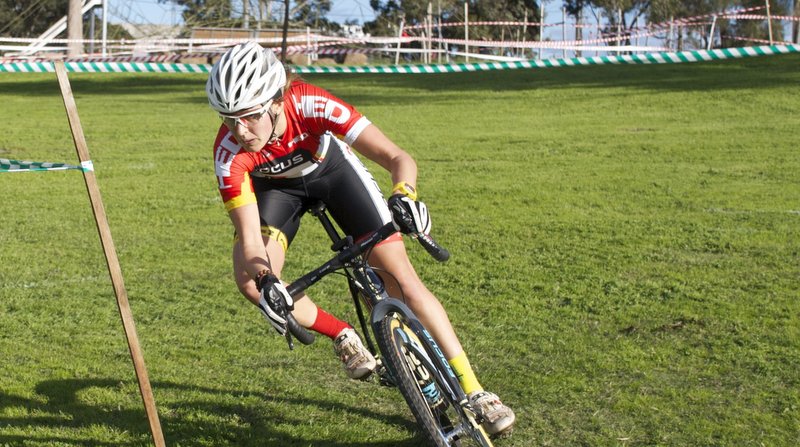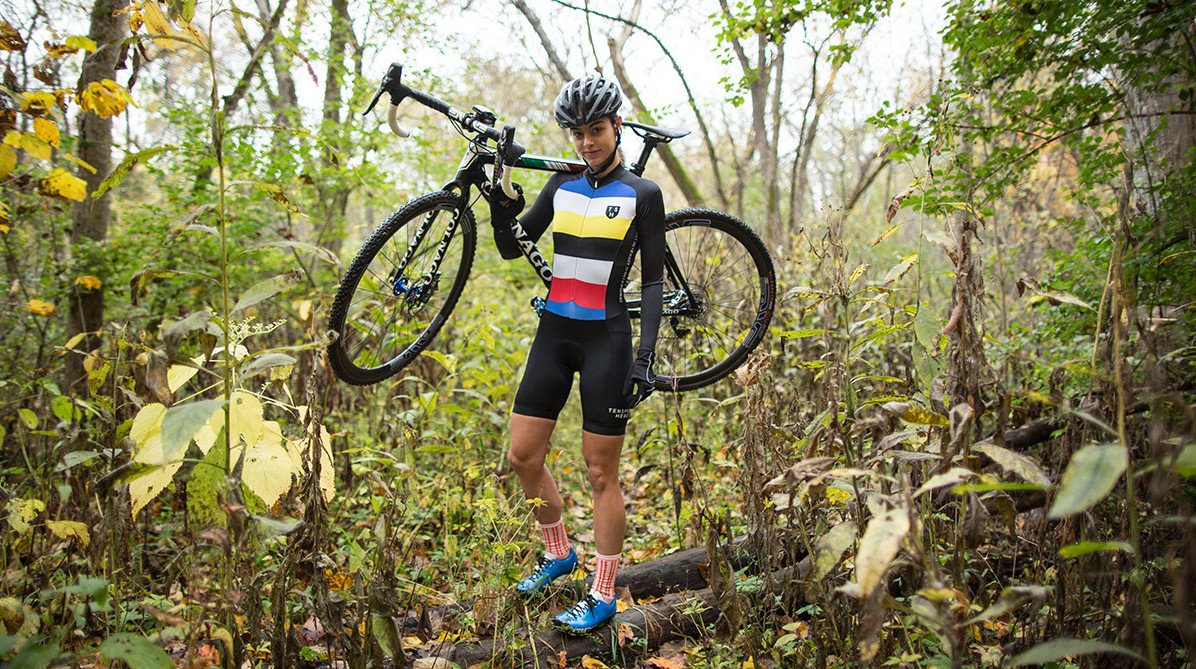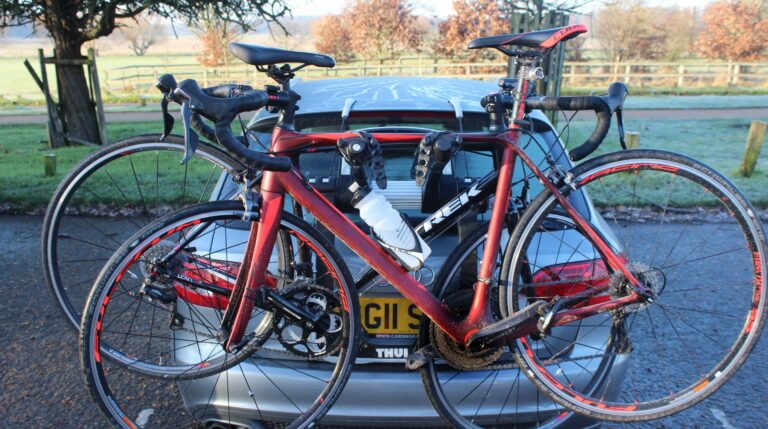Related Articles
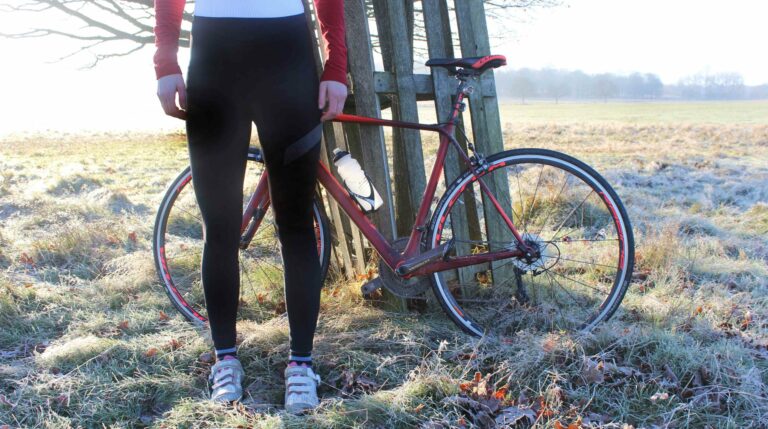
Road Cycling Clothing
Review: Pactimo Alpine RFLX™ Thermal Tights
It was love at first sight with the Pactimo Alpine RFLX™ Thermal Tights but how did they fare under pressure

Road Cycling Clothing
Review: Endura BaaBaa Merino Long Sleeve Baselayer
Felicity Hawksley tests the Endura BaaBaa Merino baselayer.
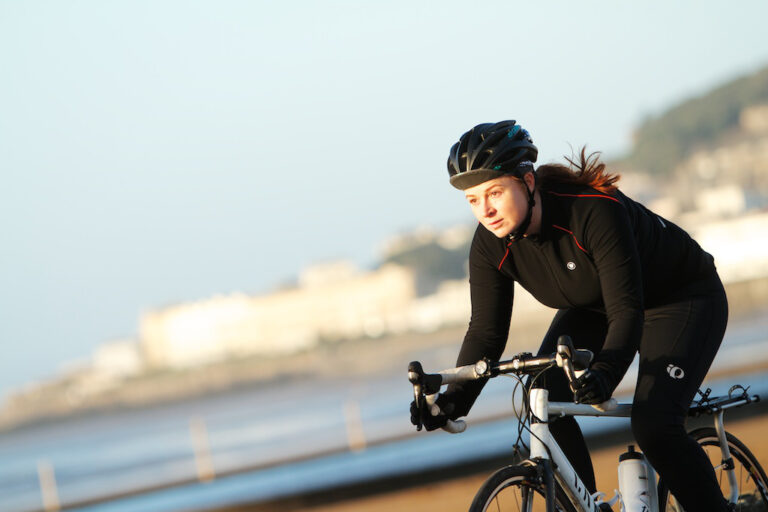
Road Cycling Clothing
Review: Vermarc Aqua Long Sleeve Women’s Road Cycling Jersey
Aoife heads to the beautiful but very windy seaside to test the Vermarc Aqua Jersey.

Where to Ride Road
100 Great British Cycle Routes to Conquer in 2015
The ultimate collection of Great British cycle routes to hammer off your bucket list.
